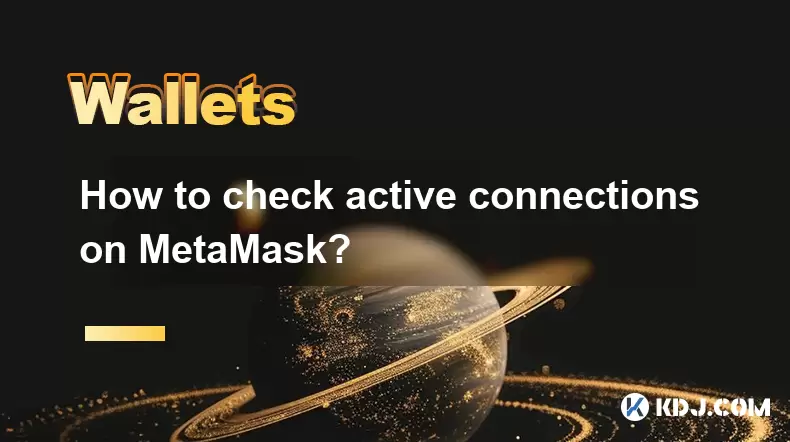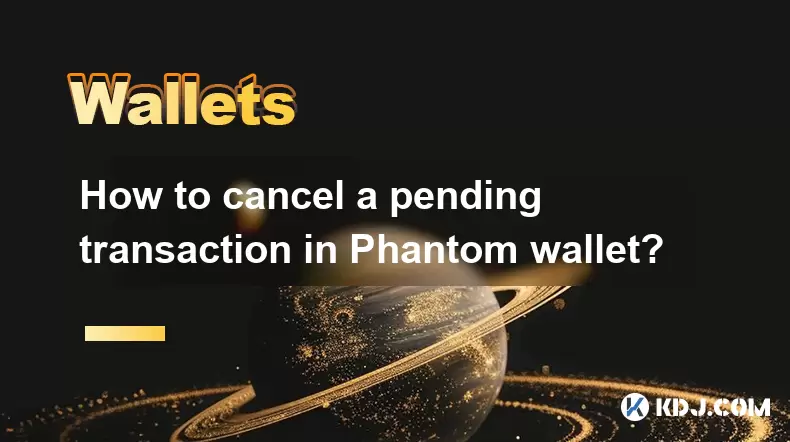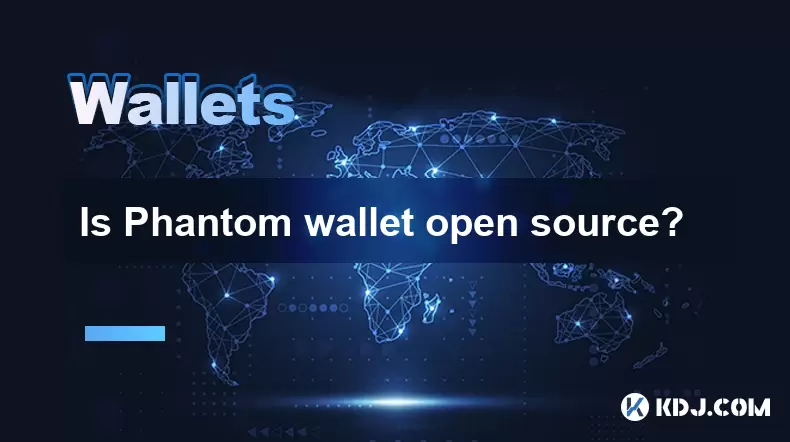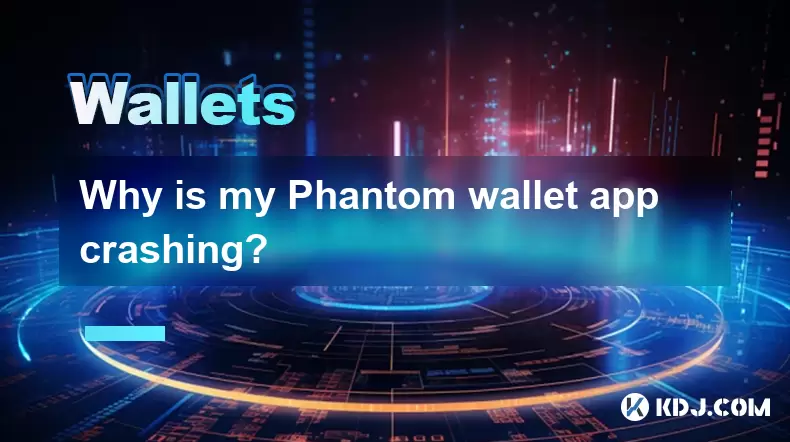-
 Bitcoin
Bitcoin $109,459.7682
2.44% -
 Ethereum
Ethereum $2,598.6052
6.29% -
 Tether USDt
Tether USDt $1.0003
0.00% -
 XRP
XRP $2.2734
3.95% -
 BNB
BNB $661.4886
1.58% -
 Solana
Solana $155.4825
4.35% -
 USDC
USDC $0.9999
-0.02% -
 TRON
TRON $0.2838
1.04% -
 Dogecoin
Dogecoin $0.1740
8.25% -
 Cardano
Cardano $0.6047
9.04% -
 Hyperliquid
Hyperliquid $40.2302
6.50% -
 Sui
Sui $2.9863
10.05% -
 Bitcoin Cash
Bitcoin Cash $509.5786
0.60% -
 Chainlink
Chainlink $13.8156
6.03% -
 UNUS SED LEO
UNUS SED LEO $9.0142
0.69% -
 Avalanche
Avalanche $19.0337
8.68% -
 Stellar
Stellar $0.2438
5.17% -
 Toncoin
Toncoin $2.9012
3.59% -
 Shiba Inu
Shiba Inu $0.0...01210
6.20% -
 Litecoin
Litecoin $90.0882
7.05% -
 Hedera
Hedera $0.1597
8.53% -
 Monero
Monero $326.3340
2.88% -
 Polkadot
Polkadot $3.6365
9.32% -
 Bitget Token
Bitget Token $4.6162
2.72% -
 Dai
Dai $1.0001
0.00% -
 Ethena USDe
Ethena USDe $1.0002
-0.01% -
 Uniswap
Uniswap $7.6403
10.47% -
 Pepe
Pepe $0.0...01060
12.03% -
 Aave
Aave $281.3664
7.56% -
 Pi
Pi $0.4992
1.76%
How to check active connections on MetaMask?
MetaMask users should regularly review active connections to ensure only trusted dApps have access, enhancing wallet security and protecting digital assets.
Jul 03, 2025 at 05:28 pm

What Is an Active Connection in MetaMask?
In the context of MetaMask, an active connection refers to a currently established link between your wallet and a decentralized application (dApp). When you connect your MetaMask wallet to a dApp, such as a DeFi platform or NFT marketplace, that dApp gains temporary access to certain functionalities of your wallet. This includes reading your account balance, initiating transactions, or interacting with smart contracts on your behalf.
Understanding active connections is crucial for maintaining control over which platforms are accessing your wallet. While most dApps operate transparently and securely, it's important to know how many applications are actively connected to your wallet at any given time. This awareness helps prevent potential misuse or unauthorized access. The ability to check and manage these connections ensures users retain full autonomy over their digital assets and personal data.
How to Access the Connected Sites Section in MetaMask
To view active connections in MetaMask, begin by opening the extension in your browser. Once the MetaMask interface appears, locate the three-dot menu icon—usually found in the top-right corner of the window. Clicking this will reveal a dropdown menu where you can find various settings and tools related to your wallet.
From the dropdown, select the option labeled "Settings". This will open a new tab within MetaMask containing several configuration panels. Navigate to the "Connections" section, typically found along the left-hand side of the Settings tab. Upon entering this section, you'll be presented with a list of all websites that have previously requested access to your wallet and are currently connected.
Each entry in the Connected Sites list includes details such as the domain name of the dApp, the date it was last accessed, and the specific permissions granted. This information allows users to quickly identify which platforms are actively linked to their wallet and make informed decisions about managing those connections.
Understanding the Permissions Granted to Connected Sites
When a website connects to your MetaMask wallet, it requests specific permissions to interact with your account. These permissions vary depending on the functionality of the dApp but generally include access to your public address, the ability to suggest transactions, and sometimes the right to read your transaction history or token balances.
The Connected Sites section in MetaMask displays the exact permissions each dApp has been granted. For example, some sites may only have permission to read your wallet address, while others might be allowed to propose transactions for your approval. It's essential to review these permissions carefully, as overly broad access could pose security risks if the dApp is compromised or behaves maliciously.
Users should regularly audit these permissions to ensure that no unnecessary or suspicious applications remain connected. If a dApp no longer needs access, it's advisable to revoke its permissions immediately. This practice enhances wallet security and reduces the risk of unauthorized activity affecting your funds.
How to Disconnect a Site from MetaMask
If you decide that a particular dApp no longer requires access to your MetaMask wallet, disconnecting it is a straightforward process. Within the Connected Sites section, locate the entry for the site you wish to remove. Each connected site will have a corresponding "Disconnect" button next to its name.
Clicking this button will prompt a confirmation dialog asking whether you want to proceed with revoking access. Confirm your choice by clicking "Disconnect" again in the dialog box. Once completed, the selected dApp will no longer have access to your wallet until you manually reconnect it in the future.
It's worth noting that disconnecting a site does not affect any transactions already executed through that dApp. However, future interactions will require reauthorization, giving you an additional layer of control over your wallet’s activity. Regularly reviewing and managing these connections ensures that only trusted applications maintain access to your digital assets.
Monitoring New Connection Requests
Whenever you visit a new dApp, it may prompt you to connect your MetaMask wallet before allowing access to its features. During this process, MetaMask will display a notification requesting your approval for the connection. This pop-up includes information about the dApp, such as its domain name and the permissions it seeks.
Before approving any connection, take a moment to verify the legitimacy of the dApp. Ensure that the URL matches the official website and that the permissions requested align with the expected functionality. For instance, a simple NFT viewer should not require extensive transaction privileges.
Once satisfied, click "Approve" to establish the connection. If you're unsure or uncomfortable granting access, selecting "Reject" will block the dApp from interacting with your wallet. Being cautious with new connection requests minimizes exposure to potentially harmful applications and safeguards your cryptocurrency holdings.
Frequently Asked Questions
What happens when I disconnect a site from MetaMask?
Disconnecting a site removes its access to your wallet, preventing it from reading your account details or initiating transaction requests. However, any past transactions executed through that site remain unaffected on the blockchain.
Can I see which dApps are currently connected to my MetaMask mobile app?
Yes, the MetaMask mobile app also provides a Connected Sites section under the Settings menu, allowing users to view and manage active connections similar to the desktop version.
Does checking connected sites expose my private keys?
No, viewing connected sites in MetaMask does not involve your private keys. The feature only displays permissions granted to external applications and does not compromise wallet security.
Is there a limit to how many dApps can connect to my MetaMask wallet?
There is no set limit on the number of dApps that can connect to your MetaMask wallet. Users can manage as many connections as needed, though it's recommended to periodically review and disconnect unused or untrusted applications.
Disclaimer:info@kdj.com
The information provided is not trading advice. kdj.com does not assume any responsibility for any investments made based on the information provided in this article. Cryptocurrencies are highly volatile and it is highly recommended that you invest with caution after thorough research!
If you believe that the content used on this website infringes your copyright, please contact us immediately (info@kdj.com) and we will delete it promptly.
- Eurau Stablecoin: Deutsche Bank, Galaxy, and Bafin Approval Usher in New Era
- 2025-07-03 20:30:12
- Solana DEX Volume and Ranking: Riding the Wave to the Top
- 2025-07-03 21:10:20
- BONK ETF Buzz: News, Catalysts, and What's Driving the Meme Coin Mania
- 2025-07-03 21:10:20
- Stablecoin Market: JPM's Forecast vs. Trillion-Dollar Potential—Reality Check?
- 2025-07-03 21:50:12
- Kane Brown Trades Country for Comedy: A Rom-Com Debut!
- 2025-07-03 21:50:12
- Check Your Change! That 1p Coin Could Be Worth £200k!
- 2025-07-03 21:20:17
Related knowledge

How to cancel a pending transaction in Phantom wallet?
Jul 03,2025 at 07:21pm
Understanding Pending Transactions in Phantom WalletA pending transaction in the Phantom wallet occurs when a user initiates a transfer or interaction with the Solana blockchain, but it hasn't yet been confirmed by the network. This can happen due to various reasons such as low transaction fees, network congestion, or incorrect gas settings. It's import...

How to lock my Phantom wallet extension?
Jul 03,2025 at 11:14am
What Is the Phantom Wallet and Why Lock It?The Phantom wallet is a popular non-custodial cryptocurrency wallet designed for interacting with the Solana blockchain. Supporting both browser extensions and mobile apps, Phantom allows users to store, send, receive, and stake SOL tokens, as well as interact with decentralized applications (dApps). Securing y...

Does Phantom wallet offer two-factor authentication (2FA)?
Jul 03,2025 at 09:00am
Understanding Phantom Wallet and Its Security FeaturesPhantom wallet is a widely used non-custodial cryptocurrency wallet that supports the Solana blockchain. It allows users to store, send, receive, and interact with decentralized applications (dApps) seamlessly. As security is a top priority for any crypto wallet user, security features like two-facto...

What is "rent" on Solana and how does it affect my Phantom wallet?
Jul 02,2025 at 08:35pm
Understanding 'Rent' on SolanaIn the context of Solana, the term 'rent' refers to a storage fee that users pay for maintaining data on the blockchain. Unlike Ethereum, where storage costs are paid once via gas fees during contract deployment, Solana implements a recurring cost model to ensure efficient usage of network resources. This means that any acc...

Is Phantom wallet open source?
Jul 03,2025 at 12:29am
What is Phantom Wallet?Phantom wallet is a non-custodial cryptocurrency wallet primarily designed for the Solana blockchain. It allows users to store, send, receive, and interact with decentralized applications (dApps) on the Solana network. The wallet is available as a browser extension and mobile application, offering a seamless experience for both be...

Why is my Phantom wallet app crashing?
Jul 02,2025 at 07:35pm
Understanding Phantom Wallet App CrashesIf you're experiencing issues with the Phantom wallet app crashing, you're not alone. Many users have reported similar problems, especially during high network activity or after recent updates. Phantom is a popular Solana-based wallet that allows users to store, send, and receive SOL tokens as well as interact wit...

How to cancel a pending transaction in Phantom wallet?
Jul 03,2025 at 07:21pm
Understanding Pending Transactions in Phantom WalletA pending transaction in the Phantom wallet occurs when a user initiates a transfer or interaction with the Solana blockchain, but it hasn't yet been confirmed by the network. This can happen due to various reasons such as low transaction fees, network congestion, or incorrect gas settings. It's import...

How to lock my Phantom wallet extension?
Jul 03,2025 at 11:14am
What Is the Phantom Wallet and Why Lock It?The Phantom wallet is a popular non-custodial cryptocurrency wallet designed for interacting with the Solana blockchain. Supporting both browser extensions and mobile apps, Phantom allows users to store, send, receive, and stake SOL tokens, as well as interact with decentralized applications (dApps). Securing y...

Does Phantom wallet offer two-factor authentication (2FA)?
Jul 03,2025 at 09:00am
Understanding Phantom Wallet and Its Security FeaturesPhantom wallet is a widely used non-custodial cryptocurrency wallet that supports the Solana blockchain. It allows users to store, send, receive, and interact with decentralized applications (dApps) seamlessly. As security is a top priority for any crypto wallet user, security features like two-facto...

What is "rent" on Solana and how does it affect my Phantom wallet?
Jul 02,2025 at 08:35pm
Understanding 'Rent' on SolanaIn the context of Solana, the term 'rent' refers to a storage fee that users pay for maintaining data on the blockchain. Unlike Ethereum, where storage costs are paid once via gas fees during contract deployment, Solana implements a recurring cost model to ensure efficient usage of network resources. This means that any acc...

Is Phantom wallet open source?
Jul 03,2025 at 12:29am
What is Phantom Wallet?Phantom wallet is a non-custodial cryptocurrency wallet primarily designed for the Solana blockchain. It allows users to store, send, receive, and interact with decentralized applications (dApps) on the Solana network. The wallet is available as a browser extension and mobile application, offering a seamless experience for both be...

Why is my Phantom wallet app crashing?
Jul 02,2025 at 07:35pm
Understanding Phantom Wallet App CrashesIf you're experiencing issues with the Phantom wallet app crashing, you're not alone. Many users have reported similar problems, especially during high network activity or after recent updates. Phantom is a popular Solana-based wallet that allows users to store, send, and receive SOL tokens as well as interact wit...
See all articles

























































































